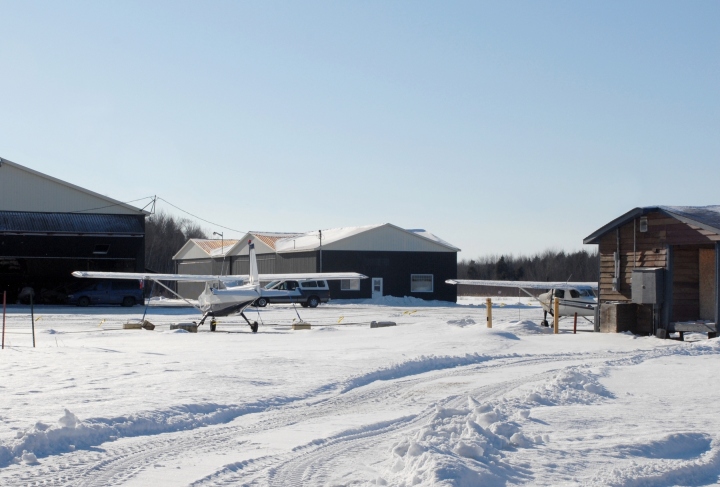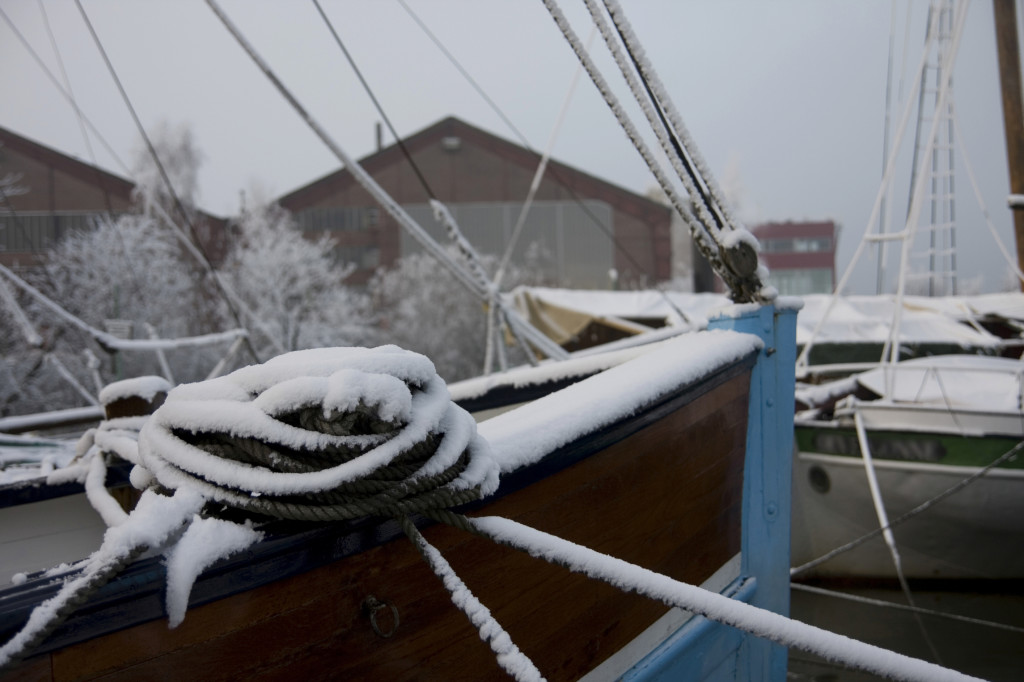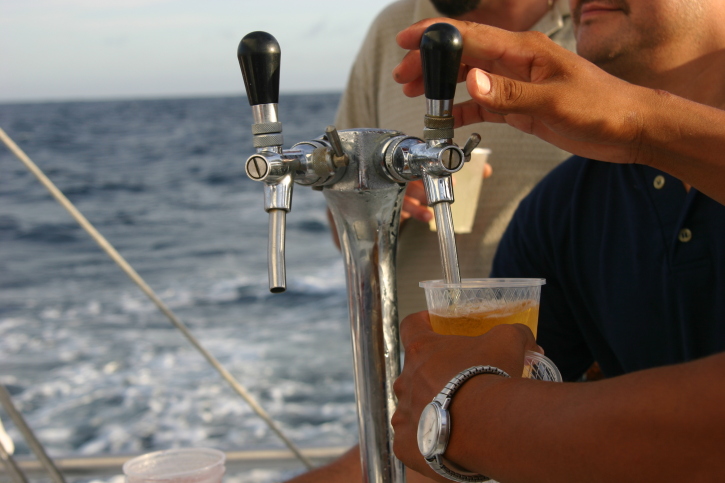
My associate Richard Keltner of Keltner Aviation Safety Support recently wrote a blog post about how he feels about top ten lists. Specifically, he discussed aviation safety lists from organizations such as the NTSB and NBAA. He was offered the chance to participate in the development of the NBAA Safety Committee’s top ten lest. Here are his thoughts:
Egotistically I assumed I was assisting in creating a set of priorities that might be used by people like YOU. But I doubt that, if tested, you can replicate even 50% of that list we safety “professionals” worked diligently to build. Perhaps you can guess a few of the items like “Fatigue” (Number 9) or “Impact of Technology” (Number 6) because those challenges are beaten into your head.
He does go on to find a positive impact if the list he helped create:
These leaders who think deeply about YOUR safety can repeat the list and they know why each challenge is included (and which were left off). Through the process of creating the list they renewed the focus on thorny challenges. And these leaders are now working as teams on the processes and tools that might just save a life or two.
To read his entire post, head over to the Keltner Aviation Safety Support blog.









